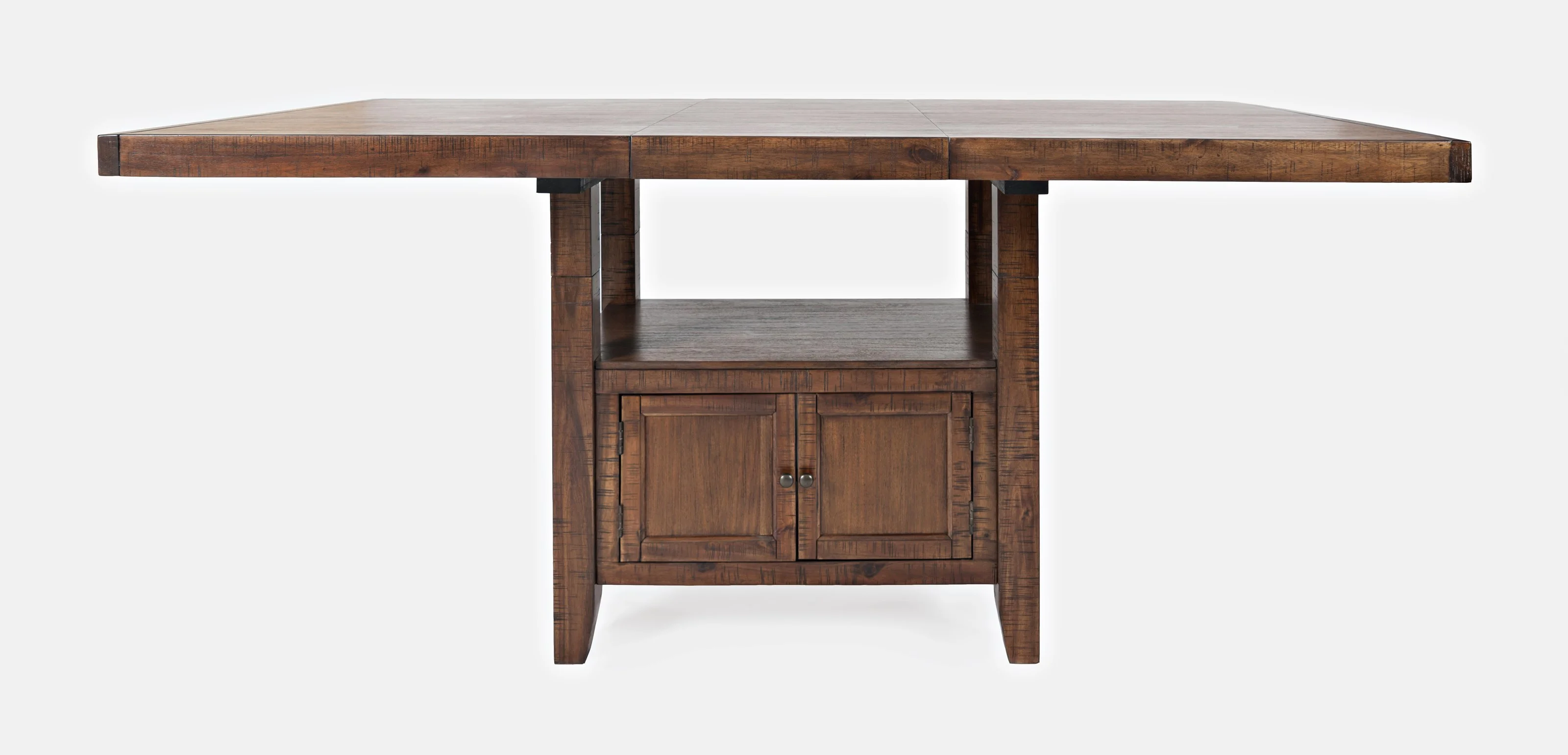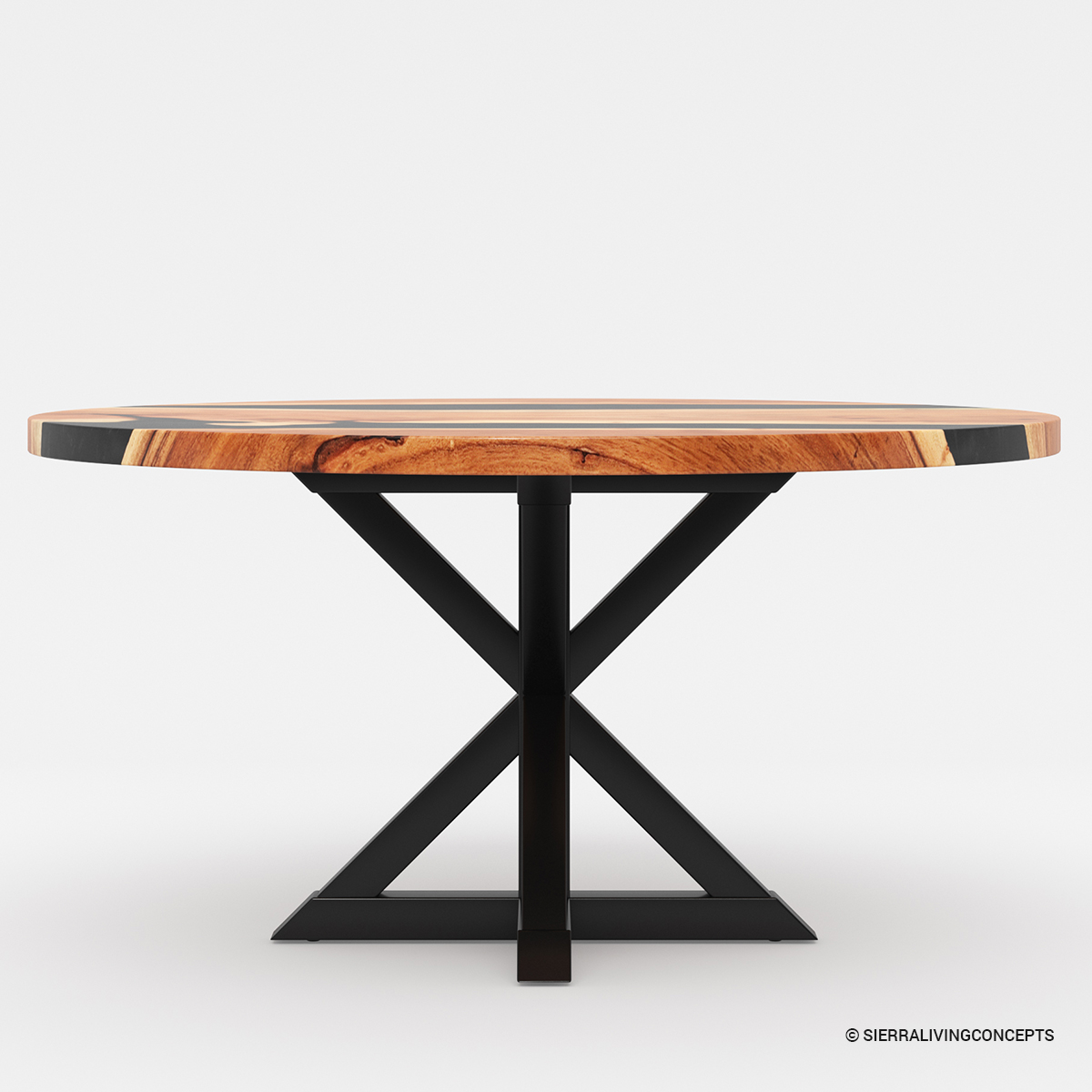Transform Your Dining Space with Stylish Dining Room Table Legs
Transform Your Dining Space with Stylish Dining Room Table Legs
Blog Article
Professional Tips for Installing Eating Space Table Legs for Optimum Stability
When it comes to setting up eating space table legs, achieving maximum stability is paramount for both performance and visual appeals. What details techniques can boost stability also better?
Select the Right Legs
When picking the appropriate legs for your dining space table, it is vital to take into consideration both capability and visual appeals. The legs you choose will significantly impact the general design and stability of the table. Initially, assess the table's intended use; if you expect regular celebrations, tougher legs, such as those made from solid timber or metal, might be preferable, as they offer boosted toughness and support.
Basic dining tables commonly vary from 28 to 30 inches in height, so ensure the legs straighten with this criterion for convenience. Tapered legs can add a contemporary touch, while transformed legs could convey a more traditional aesthetic.

Select Appropriate Hardware
How can the best hardware improve the security and longevity of your eating space table? The choice of appropriate hardware is essential to making sure that the legs of your table are safely attached and able to withstand routine usage. High-grade screws, screws, and braces supply the needed stamina to support the weight of the table, along with any type of additional loads put upon it throughout meals or events.
When selecting screws, choose those made from sturdy materials such as stainless-steel or brass, which stand up to deterioration and maintain integrity in time. The size of the screws is similarly essential; they should pass through deeply into the table's framework without jeopardizing honesty. For bolted connections, think about making use of lock washing machines to avoid loosening up as a result of vibration or movement.
Additionally, using corner brackets can include additional support, specifically for bigger tables or those with much heavier tops. These braces disperse weight evenly and assist keep the table's shape. Making sure that the equipment you choose is appropriate for the certain products of your table will certainly additionally improve its total security and long life, enabling you to enjoy your eating experience for several years ahead.
Ensure Correct Positioning
Appropriate placement of dining area table legs is necessary for both aesthetic charm and functional security. To achieve optimum alignment, begin by measuring the distance from the table's corners to the leg accessory factors.
Use a level during installation to confirm that each leg is vertical to the table top. This step is vital, as also minor disparities can intensify into considerable security issues gradually. It is advisable to mark the wanted leg placements on the underside of the table with a pencil or concealing tape prior to safeguarding them. This technique acts as an aesthetic overview, enabling modifications as required.
Additionally, confirm the alignment after the initial screws are tightened, as adjustments may be needed prior to totally safeguarding the equipment. By focusing on appropriate positioning, you not just improve the table's total design but also ensure that it continues to be functional and stable for years ahead.

Consider Weight Distribution
After ensuring correct positioning of the dining-room table legs, it is very important to consider weight circulation to improve stability and functionality. dining room table legs. Correct weight circulation is important in stopping wobbling and ensuring that the table can sustain its intended load without danger of tipping or collapsing
When placing the legs, guarantee they are put at equal ranges from the center of the table to equally disperse the weight across the framework. Consider Bonuses the weight of the tabletop and any type of things that will often hinge on it, such as ornamental pieces or tabletop appliances. Tables with heavier surfaces ought to preferably have legs positioned closer to the edges, as this takes full advantage of the base of support and lessens the risk of instability.
Furthermore, if the table is intended for use in a high-traffic location, consider making use of much heavier materials for the legs or including stabilizing aspects, such as cross-bracing or a lower rack - dining room table legs. These adjustments can assist keep equilibrium and protect against Find Out More shifting throughout usage. Ultimately, a well-considered weight distribution technique will significantly boost the table's overall performance, guaranteeing it stays a practical and eye-catching focal point for your eating space
Examination Stability Before Use
Evaluating the security of the eating space table prior to use is an important action that must not be forgotten. If the table shows instability, recognize the legs or joints that might call for modification.
Next, check that all bolts and screws are tightened appropriately. Loose links can lead to instability and prospective damages gradually. If required, utilize timber glue on joints to boost stability, guaranteeing to permit appropriate drying time.

Conclusion
In conclusion, the setup of dining-room table legs calls for careful factor to consider of materials, weight, hardware, and alignment circulation to accomplish optimum stability. By choosing sturdy legs and top quality fasteners, making sure specific positioning, and dispersing weight uniformly, the structural stability of the table can be substantially enhanced. Carrying out a stability examination before routine usage additionally ensures that the table will certainly withstand everyday stress, thereby giving a reputable and secure dining experience.
When it comes to mounting dining area table legs, achieving maximum stability is vital for both functionality and visual appeals. The legs you select will considerably influence the overall layout and security of the table (dining room table legs). Typical eating tables commonly range from 28 to 30 inches in elevation, here are the findings so make certain the legs line up with this criterion for convenience.Correct placement of dining room table legs is essential for both visual allure and practical stability.In conclusion, the setup of eating room table legs calls for careful factor to consider of materials, positioning, weight, and hardware distribution to attain optimum stability
Report this page